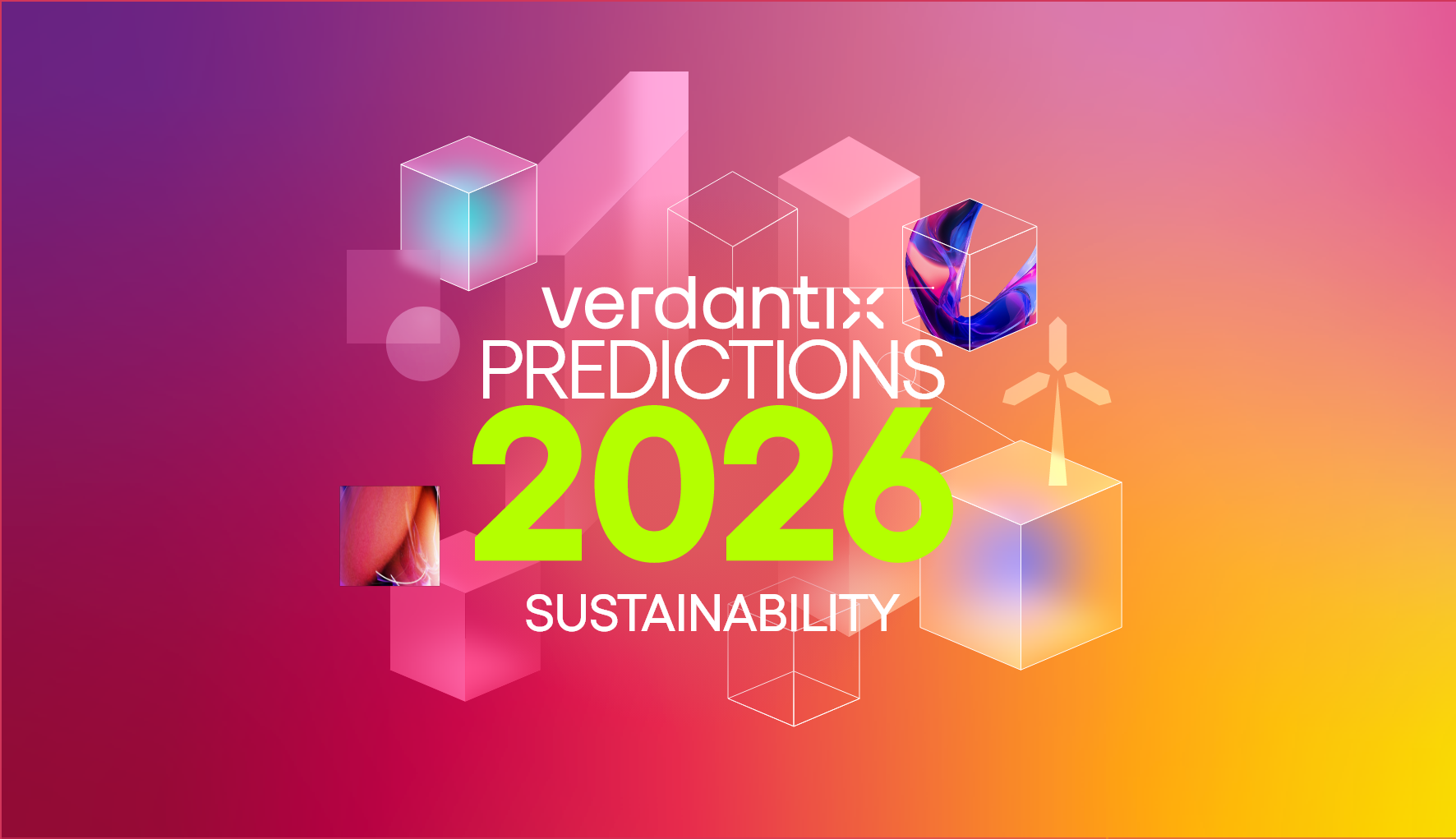Strategic Focus: Waste Management And Recycling
23 Apr, 2024
Access this research
Access all Sustainable Supply Chains content with a strategic subscription or buy this single report
Need help or have a question about this report? Contact us for assistance
Executive Summary
With over two billion tonnes of waste produced annually, and associated costs reaching $361 billion, the waste management and recycling sector is being called to action. Organizations are pursuing a variety of strategies aimed at progressing towards a circular economy. Investment in digital tools and technologies will be key to drastically reducing waste and valuing secondary materials as a resource. Chief sustainability officers (CSOs) should use this report to assess their current strategies and practices in waste management and recycling, and to discover ways in which innovative technologies can improve their sustainability performance.
Increasing waste generation rates are driving firms to invest in circular solutions
Limitations in traditional waste management practices inhibit sustainable transformation
Innovative technology developments targeting a circular economy for waste are on the rise
Firms should adopt strategies to support effective waste management and sustainability performance improvement
Limitations in traditional waste management practices inhibit sustainable transformation
Innovative technology developments targeting a circular economy for waste are on the rise
Firms should adopt strategies to support effective waste management and sustainability performance improvement
Figure 1. Transactions in the waste management and recycling industry 2023-2024
Figure 2. Distribution of actor roles and responsibilities across the waste hierarchy
Figure 3. Corporate commitments to supporting a circular economy for waste
Figure 4. Environmental impacts from unsustainable waste management
Figure 5. Innovative technologies for smart waste management and recycling
Figure 6. Benefits of implementing sustainability into waste management
Figure 2. Distribution of actor roles and responsibilities across the waste hierarchy
Figure 3. Corporate commitments to supporting a circular economy for waste
Figure 4. Environmental impacts from unsustainable waste management
Figure 5. Innovative technologies for smart waste management and recycling
Figure 6. Benefits of implementing sustainability into waste management
Agilyx, Amazon, AMCS Group, Arrowhead Environmental Partners, AspenTech, Biffa, Bollegraaf, BP, Capital Waste Services, Casella Waste Systems, CheckSammy, CleanRobotics, Cominar, Covanta, dss+, EcoATM, Ecologic, Ecosystem, Elabe, Electrobac, Enevo, GFL Environmental, Glacier, Globalcycle, Greyparrot, H&M, Hensel Recycling, ISWA (International Solid Waste Association), Makersite, North State Bioenergy, Northern Trains, OPRL, Organisation for Economic Co-operation and Development (OECD), Princeton NuEnergy, PV Cycle, Recology, Recycleye, Red Fox Resources, Refiberd, Renewi, Republic Services (RS), Resourcify, Resynergi, Robinsons, SC Waste, SECURE Energy Services, Sensoneo, SGS Recovery, SOLARCYCLE, Sortera Technologies, Sphera EC4P, SUEZ, SuperCircle, Taiwania Capital, UBQ Materials, UN Environment Programme (UNEP), US Environmental Protection Agency (EPA), Vargas, Veolia, Waste Connections, Waste Management (WM), WasteFuel, WM Routes, ZenRobotics
About the Authors

Jessie Wilson
Industry Analyst
Jessie is an Industry Analyst at Verdantix, with a research agenda spanning ESG reporting, the circular economy and supply chain sustainability. Jessie has a BSc in Geography ...
View Profile
Kim Knickle
Research Director
Kim Knickle is a Research Director at Verdantix, bringing more than two decades of analyst experience to the evolving world of sustainability. Her current research spans ESG a...
View Profile





